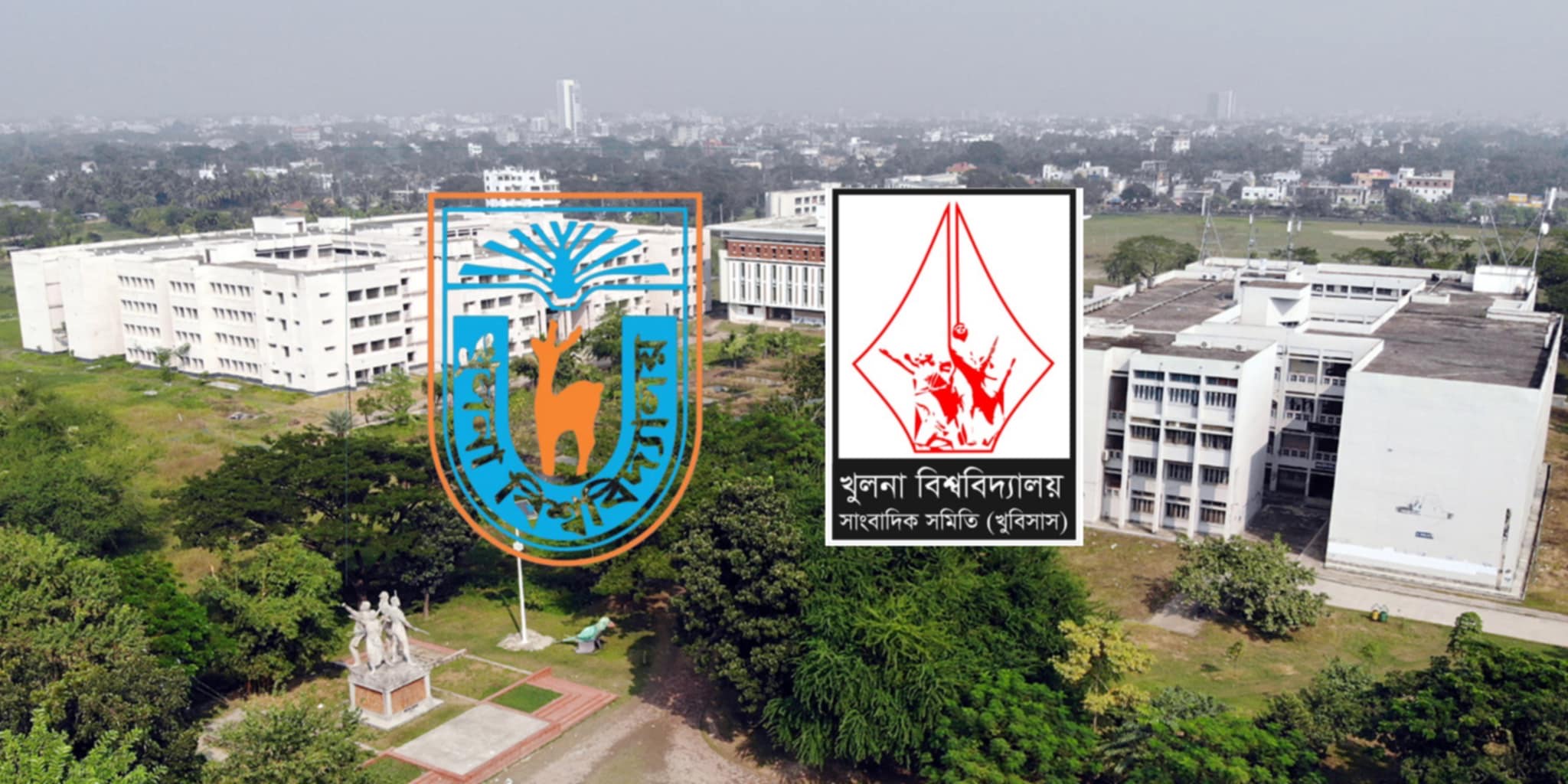সর্বশেষ সংবাদ
ফরিদপুরে শিক্ষা উপদেষ্টা





Increasing domestic revenues is key to stronger fiscal buffers

Special correspondent from WASHINGTON, DC:
South Asia’s growth prospects have weakened, with projections downgraded in most countries in the region, amid increasing uncertainty in the global economy.
Stepping up domestic revenue mobilization could help the region strengthen fragile fiscal positions and increase resilience against future shocks, says the World Bank in its twice-yearly regional outlook.
Released today, the latest South Asia Development Update, Taxing Times, projects regional growth to slow to 5.8 percent in 2025—0.4 percentage points below October projections—before ticking up to 6.1 percent in 2026. This outlook is subject to heightened risks, including from a highly uncertain global landscape, combined with domestic vulnerabilities, including constrained fiscal space.
“Multiple shocks over the past decade have left South Asian countries with limited buffers to withstand an increasingly challenging global environment,” said Martin Raiser, World Bank Vice President for South Asia. “The region needs targeted reforms to strengthen economic resilience and unlock faster growth and job creation. Now is the time to open to trade, modernize agricultural sectors, and boost private sector dynamism.”
A key component of strengthening economic resilience will be domestic revenue mobilization. Although tax rates in South Asia are often above the average in developing economies, most tax revenues are lower. On average during 2019–23, government revenues in South Asia totaled 18 percent of GDP—below the 24 percent of GDP average for other developing economies. Revenue shortfalls are particularly pronounced for consumption taxes but are also sizable for corporate and personal income taxes.
Tax revenues in South Asia are estimated to be 1 to 7 percentage points of GDP below their potential, based on existing tax rates. Some of this shortfall is explained by the widespread informality and large agricultural sectors in the region. However, even after taking this into account, sizable tax gaps remain, highlighting the need for improved tax policy and administration.
“Low revenues are at the root of South Asia’s fiscal fragility and could threaten macroeconomic stability, especially in times of elevated uncertainty,” said Franziska Ohnsorge, World Bank Chief Economist for South Asia. “South Asian tax rates are relatively high, but collection is weak, leaving those who pay taxes with high burdens and governments with insufficient funds to improve basic services.”
The report recommends a range of policies to improve tax revenues by eliminating loopholes, streamlining tax codes, tightening enforcement, and facilitating tax compliance. This includes paring back tax exemptions; simplifying and unifying the tax regime to reduce incentives to operate in the informal sector; and using digital technology to identify taxpayers and facilitate collection. The report notes the potential of adopting pollution pricing, which could help address the high levels of air and water pollution while raising government revenues.
somoyjournal/mi
এ বিভাগের আরো






Somoy Journal is new coming online based newspaper in Bangladesh. It's growing as a most reading and popular Bangladeshi and Bengali website in the world.
উপদেষ্টা সম্পাদক: প্রফেসর সৈয়দ আহসানুল আলম পারভেজ
কপিরাইট স্বত্ব ২০১৯-২০২৫ সময় জার্নাল